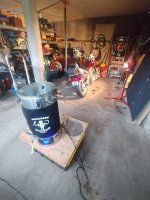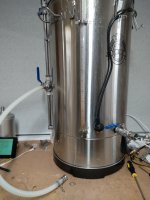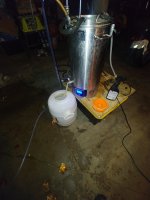Great, thank you!
I'm expecting my first few brews to be semi-failures as well, with the learning curve of mashing in this thing. Also Brewfather is generating some odd numbers and I'm not sure what to expect as a result. It's just unfortunate that in order to make it over ~7% ABV you essentially have to do a double mash or use extract. And for that lower end "high gravity" beer, it seems like a huge waste of time for a 2+ hour mash. Maybe I'll just have to work my favorite 16lb malt bills down to 6% alcohol versions and my liver will thank me... but my tastebuds may not.
Wish I could have justified the extra $200 for the 65L having had the foresight about what I actually planned to brew with it, oh well. Maybe in 10 years when I upgrade






























![Craft A Brew - Safale S-04 Dry Yeast - Fermentis - English Ale Dry Yeast - For English and American Ales and Hard Apple Ciders - Ingredients for Home Brewing - Beer Making Supplies - [1 Pack]](https://m.media-amazon.com/images/I/41fVGNh6JfL._SL500_.jpg)































